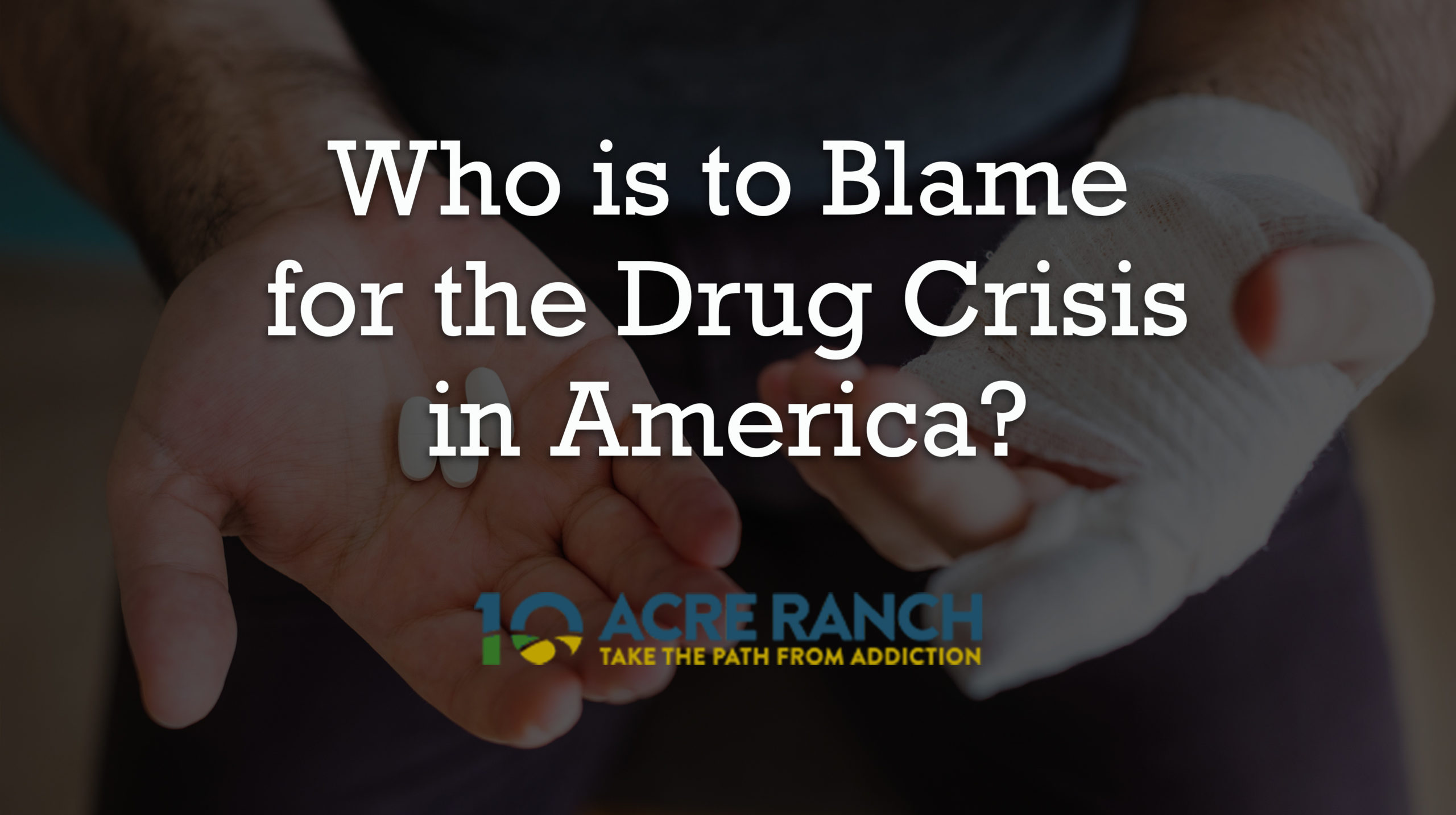This may be partially true, but for an honest, successful solution to the drug overdose crisis, we need to look at every possible …
medical science
We Work With Most Major Insurance Providers
Call 866-440-3523 for more information or fill out our confidential insurance verification form.


 verify insurance
verify insurance




